Criterion Blu-ray review: Jack Garfein’s Something Wild (1961)
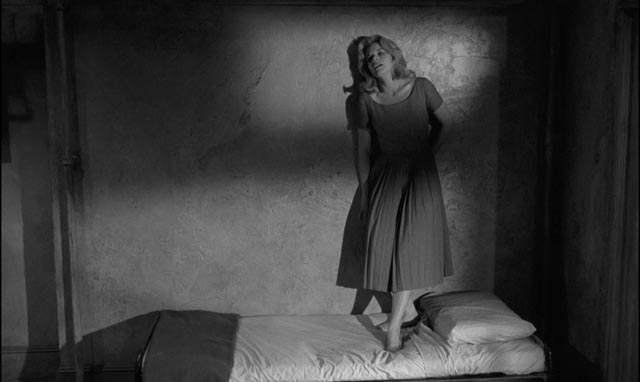
In Jack Garfein’s Something Wild (1961), the Criterion Collection hasn’t quite unearthed a fascinating lost film – it has been undergoing a slow rediscovery for several years with a number of festival screenings – but it has made more widely available a strange, idiosyncratic work deeply rooted in the ethos of the Actors Studio in its heyday. Garfein, a Holocaust survivor who had become one of the first directors admitted to the studio and went on to become a renowned acting teacher, made only two features – the first, The Strange One (1957), also arising from the Actors Studio – which is a pity, because Something Wild is such a haunting, obviously very personal work. And yet, it’s not really surprising because the film so willfully goes against the commercial grain. In its subject matter and in its approach to that material it refuses easy audience identification with its characters, and even now, with decades of independent films dealing with difficult subjects behind us, Garfein’s feature remains troubling and problematic.
The film falls into two distinct parts, the first dealing with a rape and its psychological aftermath, which is treated with almost documentary precision; the second, a kind of chamber play with two characters on a single claustrophobic set. It’s this second half which proves most problematic; a remarkable display of “method” acting, it works against the previous display of realism by becoming almost purely internal – an acting-out of the characters’ psychological conflicts in ways which are mysterious, at times confusing, and ultimately against audience expectations. It would be impossible to discuss the film’s narrative, its themes, and the nature of the performances without stepping firmly into spoiler territory, so I need to warn that in my comments below I may reveal more than some readers would like.
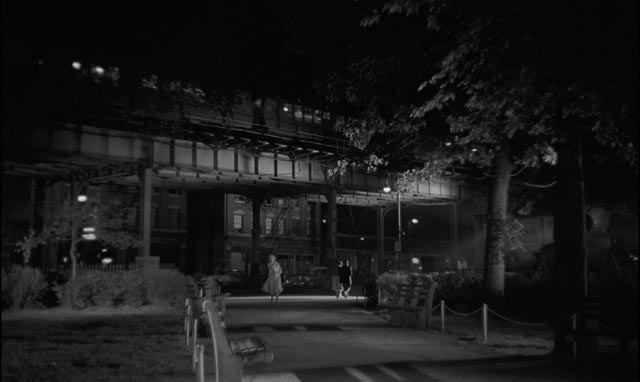
Something Wild begins with a disconcertingly aggressive title sequence designed by Saul Bass, a barrage of relentless urban movement scored portentously by Aaron Copland. Given the intensely personal nature of what follows, this virtually apocalyptic opening seems almost too much, although it does serve to establish the oppressive physical and social environment within which the subsequent action takes place. It also serves to set the viewer on edge in preparation for what turns out to be a shattering first scene.
Mary Ann (Carroll Baker) is a student making her way home at night, skipping girlishly out of a subway station, books in hand, and heading across a small park. Grabbed abruptly from the bushes beside the path, she’s brutally raped. Although the scene isn’t particularly graphic, the way Garfein films it – focusing on telling details like the cross on a chain which is torn from her neck, a close-up of her thigh pressed against the rough ground – and the way Baker plays it, struggling silently, her expression of fear and confusion already pointing to a fundamental shift in her relationship with the world, makes this sequence emotionally raw and difficult to watch.
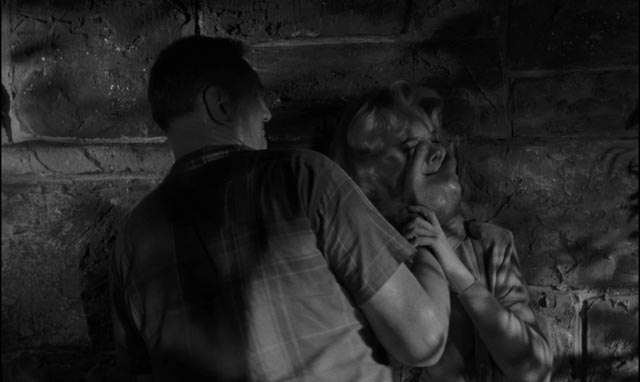
What follows is a long and wordless sequence which deals in detail with what we would now understand as post-traumatic stress; picking up her scattered possessions, Mary Ann makes her way home, slips quietly into the house, scrubs herself harshly in a hot bath, and cuts her clothes into tiny shreds which she flushes down the toilet. Pulling a blanket from her bed, she curls up against the radiator, unable to keep warm in her shock. In the morning, it’s impossible for her to say anything about the attack to her self-absorbed mother (Mildred Dunnock) and distant stepfather (Charles Watts). Nothing is normal for her now. On the subway, heading to school, the pressure of the crowd brings on a panic attack and she forces her way out of the car and collapses on the platform. When she comes to, surrounded by a crowd, a police officer takes her details and eventually drives her home, much to the embarrassment of her mother who worries about how this looks to the neighbours.
Baker’s evocation of Mary Ann’s state of mind is both chilling and moving; her sense of herself – perhaps still, as a young woman, only vaguely formed – has been shattered; she no longer knows who she is or what to make of the world. There is no longer any connection with what was once familiar. And so she walks away from it, leaving her books on a park bench, finding a room in a run-down tenement and getting a job at Woolworth’s. She needs to escape everything which came before the rape and tries to forge a new identity, but everything oppresses her – her co-workers at the five-and-ten, her neighbour in the tenement (Jean Stapleton as a gregarious prostitute), the omnipresent sight of derelicts and homeless men sleeping in doorways and on park benches. In one of the film’s most visually powerful sequences, she makes her way across the Manhattan Bridge and finds herself drawn towards the water below, which shimmers in the sunlight.
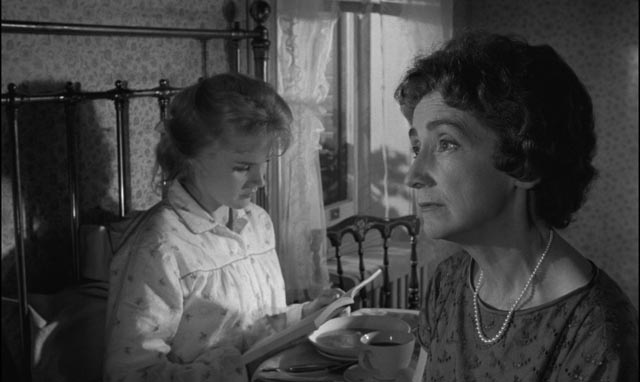
It is at this point that Something Wild takes its radical turn; as she leans over the railing, a passing man grabs her and pulls her back. Mike (Ralph Meeker) seems like an ordinary guy, a concerned passerby. He stays with her, walking her off the bridge, concerned about her state of mind although she assures him she has no intention of jumping. He walks her back to his own place, a basement room near the bridge, and tells her she can rest there while he goes to work. She falls asleep, waking later to find that he’s returned and laid out a simple meal for her. His attentiveness as she eats provides one of the film’s few moments of humour – but it also generates an air of uneasiness. She doesn’t know what to make of him, and neither do we; he seems likable, concerned for her … and yet that concern begins to feel oppressive.
Her suspicions are confirmed when he locks her in while he goes out. And things get worse when he returns very drunk and it looks as if he’s going to assault her. She fights back, inflicting a serious injury (which the next morning he attributes to a forgotten bar fight). Sober again, he’s once more friendly and attentive. We never learn anything about his past, but his room and his behaviour indicate loneliness and a certain social awkwardness – he feels that having saved her life, she owes him something … in fact, he declares his love and asks her to marry him. This is where many viewers have a big problem with the film. By all conventional standards, Mike would appear to be a dangerous, unstable character – his swings between almost fawning attention and aggressive drunkenness, his insistence that she owes him her life – and yet Mary Ann remains strangely placid in her confinement. Instinct urges us to want her to resist; and yet we may by this point have forgotten the effects of her original trauma, her confusion about her own identity, her own needs. To demand that she react in a conventional way is to expect this individual to conform to a narrative trajectory which we feel we already know; that the film refuses to go there elicits a sense of disbelief or irritation – she’s not behaving in a way we would find “normal” or “realistic”.
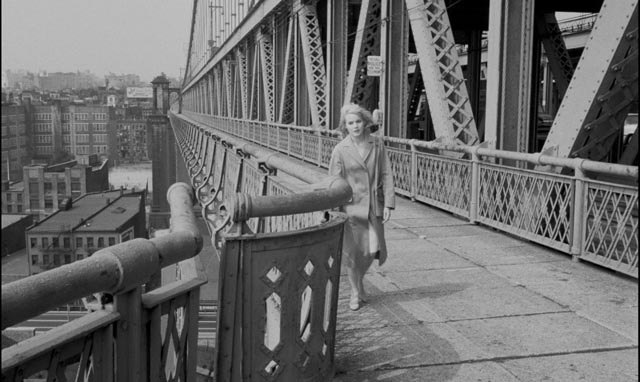
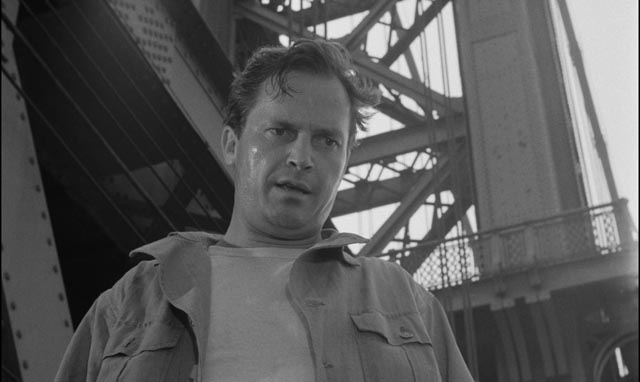
Towards the end, Something Wild becomes even more oblique; when she finally tells Mike that not only does she not want him, but also that it was she who injured him, he finally unlocks the door … she leaves the basement room like a prisoner reentering the world, only to discover that she has no idea what her place in that world is. After a night sleeping in a park, she finds her way back to Mike’s place and accepts the role he has invented for her. This seemingly bizarre “happy ending” is far too problematic to be taken at face value; rather, it seems that Mary Ann has through Mike’s intervention found a way to piece together a new identity, one which provides some kind of stability even if it is far removed from who she once was or who she would have, in the normal course of things, become.
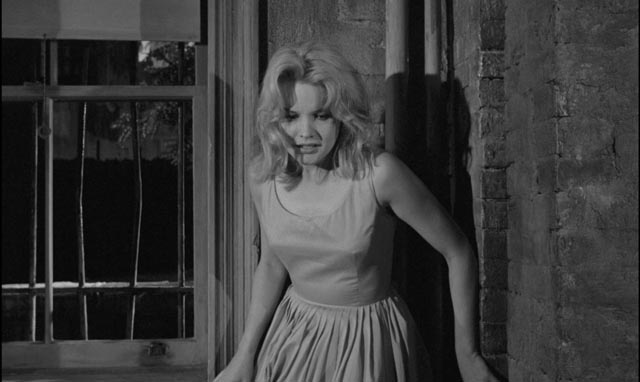
It is here that Jack Garfein’s own experience connects so deeply with Mary Ann’s; as a Holocaust survivor, freed as an adolescent from a death camp at the end of the war, he suffered a complete, devastating break with his own past and had to invent a new life for himself when he was taken to the States. Something Wild is about this kind of disruption and reinvention and what makes it so uncomfortable is that it doesn’t provide a pat, conventional conclusion. There is no reassurance that everything can return to normal once Mary Ann has “processed” her trauma. (When Garfein was trying to get funding for the film, one studio wanted him to have Mary Ann consult a priest, who would help her to get over the trauma, thereby freeing her to have a normal relationship with a boy from school.) The ending appears superficially to resolve her trauma, but it remains ambiguous. We might want something “better” for Mary Ann at the end, but this is what circumstances have handed to her and she is doing the best she can with what’s available.
The film seems thematically coherent to me, but dramatically problematic. The first half is a devastating piece of psychological realism; Carroll Baker’s performance, largely wordless, lays bare every nuance of her trauma. That this depiction of rape and its aftermath was made in 1961 is remarkable. Even now, it has a raw power which is rare. The second half subsumes that initial realism under a different kind of drama in which the characters seem to become types rather than specific individuals, types devised to play out the film’s core themes. This is more like a filmed play; in fact, there are a number of moments which feel all too much like acting exercises rather than organic drama.
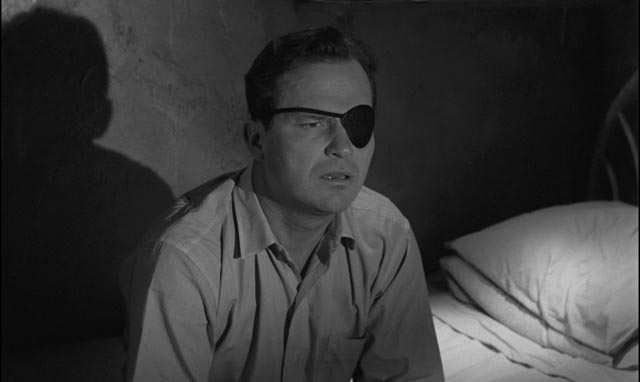
These two halves illustrate some interesting points about “the Method”. The Actors Studio technique allows Baker to convey rich layers of emotion through gesture and expression, with few words; this is a completely convincing portrait of the traumatized character. The second half, however, too often reveals the tricks and tics which made it easy to mock or parody the technique. That Baker and Meeker remain engaging and sympathetic in this more contrived stretch of the film is a tribute to their performance skills; if there is something less satisfying about the second half, it lies in the conception of the script. That Mary Ann doesn’t behave the way we expect – or want – her to is in itself not a dramatic problem; that Garfein hasn’t managed to make her unexpected choices dramatically convincing is.
But having said that, there’s no denying that the film is a fascinating dramatic experiment with great emotional power, and a showcase not only for the two leads, but also for all the supporting players as well – particularly Mildred Dunnock, Jean Stapleton, and Doris Roberts as Mary Ann’s co-worker.
It is also a wonderful document of New York, with the luminous black-and-white photography of Eugen Schufftan avoiding cliched views of the city, seeing the streets and skyline with fresh eyes. The sequence on the bridge, in particular, is visually breathtaking.
The disk
Criterion’s 2K scan from the original negative is rich in contrast and nuanced greys; the images have great depth and a fine level of detail, with a natural presence of film grain. Sound is clean, with clarity in the dialogue; Copland’s score has depth, but at times seems too overbearing where the film’s content demands something more subtle.
The supplements
The substantial extras focus on the film’s connections with the Actors Studio and its approach to acting. A conversation between Garfein and critic Kim Morgan (26:47) delves into the background of the project and more broadly into Garfein’s own life experience and its relationship to Mary Ann’s experience. An audio interview with Carroll Baker (14:01) covers her career and the part the Studio played in it, as well as her relationship with Garfein (they were married at the time the film was made). Film scholar Foster Hirsch (20:56) talks about the impact of the Actors Studio on American film in general, and the importance of Something Wild as a key exemplar of the Method in particular. Finally, there are edited excerpts from a two-day acting workshop Garfein conducted in 2014, in which he speaks at length about his philosophy relating to the craft and then demonstrates the Method in some exercises with the students.
The booklet essay is by critic Sheila O’Malley.
Comments